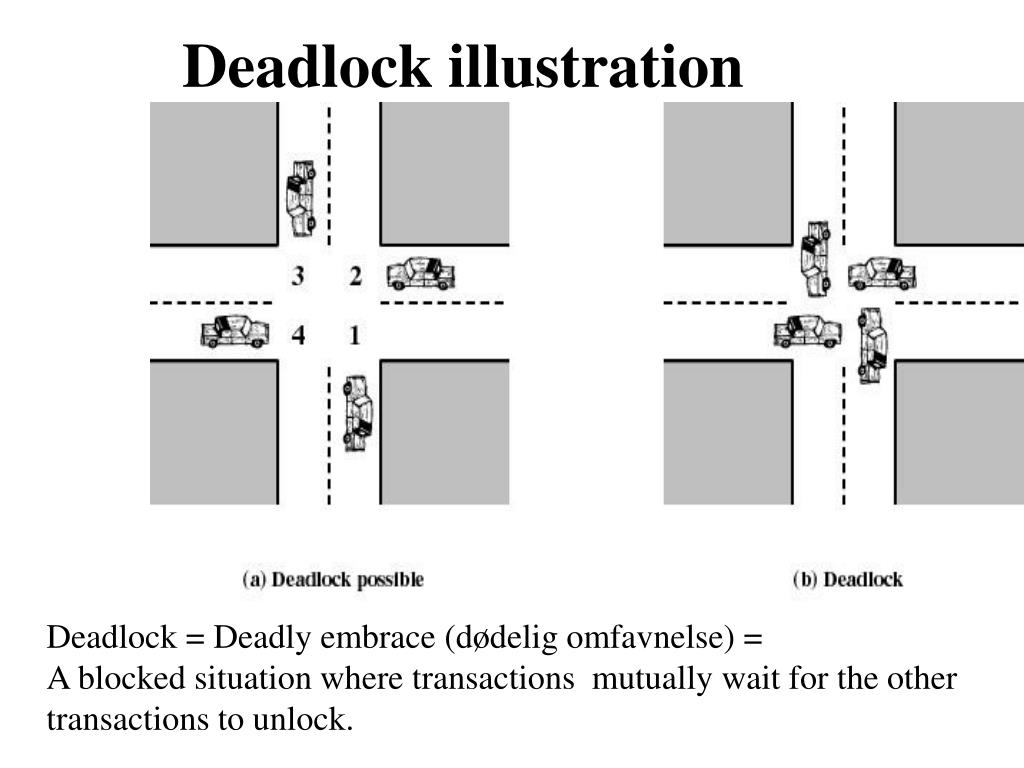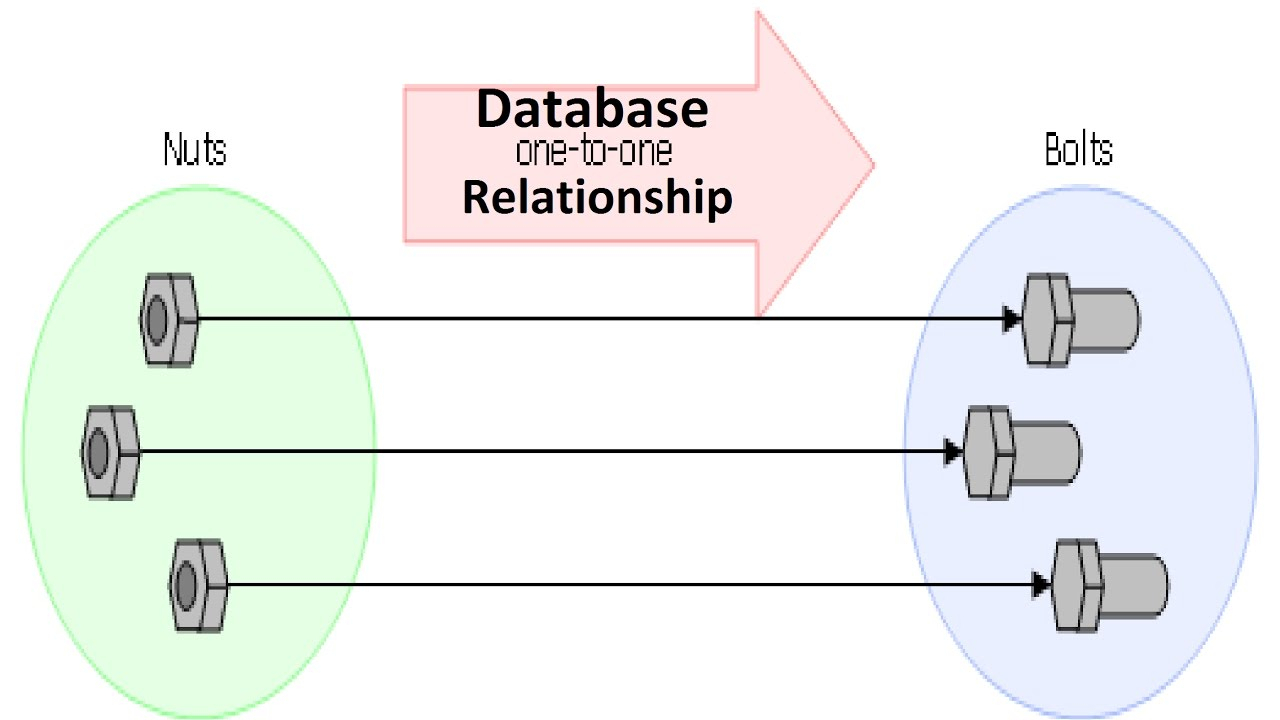

So when a deadlock is detected it can be resolved using the below-given methods. Deadlock detection and removal.Īll of the three approaches can be incorporated in both a centralized and a distributed database system.

The idea is to not let the system into a deadlock state. Methods for handling deadlock There are three ways to handle deadlock 1 Deadlock prevention or avoidance. There are 2 different types of deadlocks. There are three classical approaches for deadlock handling namely. Deadlock avoidance technique method helps to avoid deadlock to occur in the system. We are able to use protocol to prevent or avoid the deadlock make sure that the system will never enter the deadlock state. Here explain each one Deadlock Prevention. Generally speaking there are three ways of handling deadlocks. The strategy of deadlock prevention is to design the system in such a way that the possibility of deadlock is excluded.

Deadlock handling in dbms with example free#
Preemption which means to free up some number of resources from one running process and give it to another one that. The DBMS periodically tests the database for. If anyone leg of the chair gets broken then definitely it will fall. There are five different deadlock handling methods and with using them deadlock problems can be avoided in operating system. A method like wait for graph is used for detecting the deadlock situation but this method is suitable only for the smaller database. But in the case of starvation the high priority processes keep on executing and the lower priority processes keep on waiting for its execution.ĭeadlock In Dbms Avoidance is kind of futuristic in nature. To make sure that deadlocks never occur the system is able to use a deadlock prevention or deadlock prevention scheme.


 0 kommentar(er)
0 kommentar(er)
